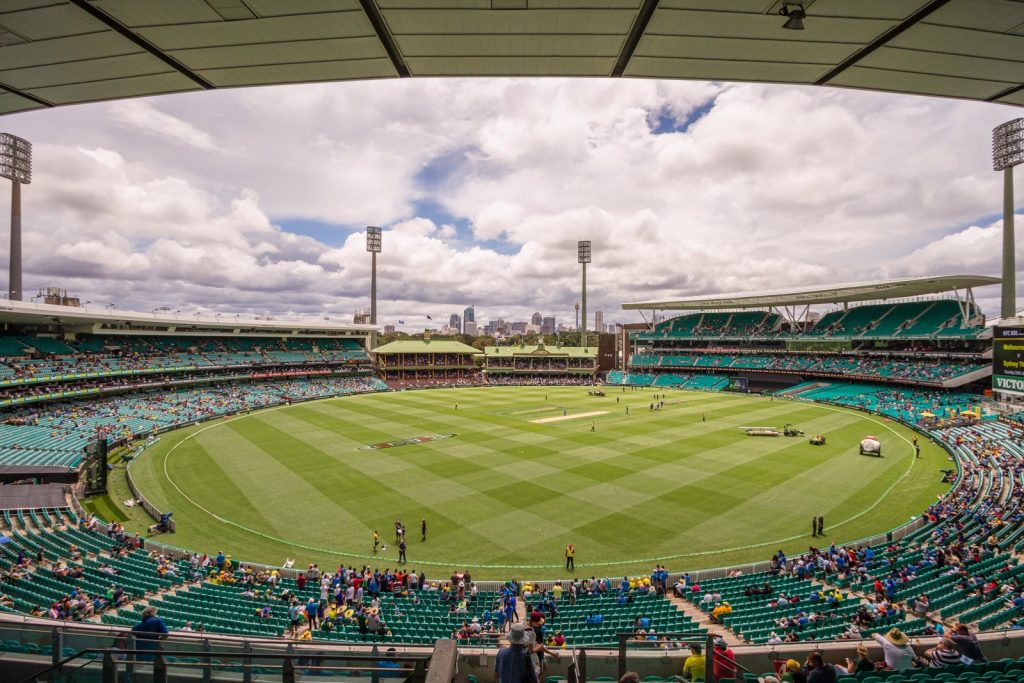Bhaskar Basu
The unpredictable and unprecedented nature of the coronavirus pandemic has had a significant impact on not just our lives, life patterns, and socio-economic culture but also on different sports leagues followed across the world – from EPL in football to IPL in cricket. The deafening silence during these league matches has been a testament to the ‘new normal’ and has undoubtedly transformed spectators’ viewing experiences immensely.
For many brands, a physical space, such as a stadium exists as a core brand association. These physical spaces can also showcase a brand by positioning it in a specific way in order to create meaning and benefits for consumers. However, in view of the pandemic, sport facilities all over the world have been forced to close their gates to fans for the foreseeable future, limiting the ways in which a sport organisation can interact with its consumers to provide exceptional experiences, and foster a sense of community.
The reality of things today is simple: the leagues need play in order to gain some revenue, primarily from their TV contract. In time, however, we may come to look upon the pandemic as an inflection point in the history of world sports. These are times to explore and experiment, to make sports even more appealing. Virtual spectators using CGI, cut-outs, augmented reality and pre-recorded applause are filling in for real fans in empty stadia that witness sporting action.
There are three primary income streams for sports leagues: broadcasting (sales of media rights), commercial (sponsorship and advertising partnerships) and match day revenue (ticketing and hospitality). If sporting events are cancelled, this will result in a huge decline in revenue and even loss of jobs. Similarly, event sponsors, on-ground sponsors, and on-ground vendors may choose to terminate their contracts or consider renegotiating them just like BCCI experienced with the exit of VIVO as the IPL title sponsor for 2020. Thankfully, BCCI managed to attract other bidders for this spectacle and Dream 11 bagged the rights for `222 crore. However, VIVO’s exit meant a reduction of each team’s revenue by `13-14 crore. Furthermore, the gate revenues in the range of `15-25 crore per season become redundant as the matches were played in empty stadiums. While the hospitality costs for participating franchisee teams were higher as they had to stay longer in hotels, the travel costs were significantly lower as the matches were based in and around Dubai, unlike multiple cities in India.
Sports starved fans of India needed a diversion from the negativity surrounding the pandemic with the Olympics a non-starter and very little top-notch sports events across the world in the last six months or more. So, the announcement of IPL 2020, albeit held outside India, was welcomed by all stakeholders. The cancellation of IPL would have cost the BCCI, the tournament’s broadcasters, and the franchises at least `3,000 crore. More than 200 brands rode on brand IPL in its 13th season either as on-air advertisers with broadcaster Star India, BCCI Central Sponsorships, IPL Team Sponsorships, or as advertisers on IPL Live Streaming feed on Disney + Hotstar.
In terms of viewership, IPL 13 has done well as compared to the previous year, clocking a growth of over 20 per cent. As per data provided by TAM on IPL 13 for the first 52 matches, the count of advertisers and brands grew by 12 per cent and 2 per cent respectively when compared to the previous season. Star Sports’ inventory was sold at 20 per cent higher rates than last year, standing at `12-12.5 lakh for every 10 seconds. The 13th edition of the IPL was estimated to have crossed revenues of `2,600 crore for the official broadcaster Disney-Star India. According to industry estimates, the broadcaster has clocked around `2,300 to `2,400 crore of advertising revenue from TV and `250 crore from Hotstar.
Thankfully, IPL 2020 was successful in whetting the appetite of cricket starved fans worldwide as well as enabling players to be back on the field showcasing their skills which could have gradually rusted in absence of competitive sports. It enabled franchisees and BCCI to garner revenues even without paying spectators and on-ground vendors. In short, it was a win-win for stakeholders and the experience should augur well for the T20 World Cup to be held in late 2021 in India.
It is safe to assume that the sports we have all grown to love and recognise has undoubtedly changed, maybe forever, as is the case with cricket. Sports franchisees, sports federations, players, coaching/support staff and the government have to brainstorm and plan sports events meticulously to achieve
success like IPL while ensuring safety and security of sportsmen. Going forward, we hope to see the return of spectators into stadiums, albeit in a phased manner, learning from our experiences in mitigating risks associated with the prevailing pandemic.
The writer is a professor at Xavier Institute of Management Bhubaneswar. Views are personal.
